- Hardcover : 619 Seiten
- Verlag: De Gruyter
- Autor(en): Constance M. Furey, Peter Gemeinhardt, Thomas Römer, Jens Schröter, Barry Dov Walfish, Eric Ziolkowski
- Auflage: 1. Auflage, erschienen am 20.03.2017
- Sprache: Englisch
- ISBN-10: 3-11-031331-6
- ISBN-13: 978-3-11-031331-4
- Vom BAfmW empfohlenes Alter: Jahren
- Größe: 24,0 x 17,0 cm
- Gewicht: 1269 Gramm
Encyclopedia of the Bible and Its Reception (EBR) / Jesus-Kairos
Autoren: Peter Gemeinhardt259,00 €
inkl. 7 % MwSt. zzgl. Versandkosten
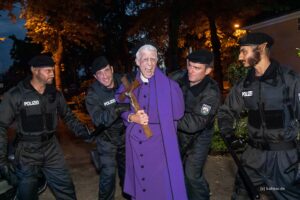
BONN (BAfmW) – The projected thirty-volume Encyclopedia of the Bible and Its Reception (EBR) is intended to serve as a comprehensive guide to the current state of knowledge on the background, origins, and development of the canonical texts of the Bible as they were accepted in Judaism and Christianity. Unprecedented in breadth and scope, this encyclopedia also documents the history of the Bible’s interpretation and reception across the centuries, not only in Judaism and Christianity, but also in literature, visual art, music, film, and dance, as well as in Islam and other religious traditions and new religious movements. The EBR is also available online. Blogger’s Choice-Articles recommended by biblioblogger Jim West (https://zwingliusredivivus.wordpress.com) The entry in the 14th volume of the Encyclopedia of the Bible and its Reception which best represents the quality of scholarship and the range of reception of historical issues covered is the first article in the volume-on Jesus. The series of essays extends nearly 100 columns (50 pages) and could easily be a book in their own right. Dozens of authors have contributed and evaluated so many fascinating facets of the historical Jesus and his reception that one is left, after reading the entry, stunned and amazed. The authors of the eleven subsections include, but are not limited to Tom Homen, Rivka Ulmer, Donald Hagner, Justin Mihoc, Paul Metzger. Jewish Revolt, First (Free content) (Mladen Popović and Marijn Vandenberghe; Groningen, The Netherlands Another of the very commendable entries of all those worthy of commendation is that by Popović and Vandenberghe on the First Jewish Revolt. Whilst this is not a lengthy entry it nonetheless includes everything relevant to any modern discussion of the Revolt that saw the destruction of Jerusalem in the First Century CE. https://www.degruyter.com/view/EBR/MainLemma_4080 John of the Cross (Terence O’Reilly; Cork, Ireland) Scholars and students who appreciate mysticism and mystical theologians will enjoy O’Reilly’s entry on St John of the Cross. His treatment of this important thinker (at least in the minds of those in some quarters of the Church) is precise and informative without being dull or plodding. John the Baptist I. New Testament (Knut Backhaus; Munich, Germany) Backhaus begins his survey of John the Baptist by suggesting that “Ever since Hermann Samuel Reimarus, research on John the Baptist has often been a “forerunner” of historical Jesus research and shared its methodological development. Within the “third quest” John is no longer viewed as a somewhat isolated predecessor, who prepares the way for Jesus, but as a prophet of eschatological restoration in the context of Second Temple Judaism.” His piece then goes on to show why John deserves discussion and examination in his own right. Josephus, Titus Flavius (Zuleika Rodgers; Dublin, Ireland/Tessa Rajak, Oxford, United Kingdom/Gerbern S. Oegema, Montreal, Que., Canada/ Bernhard Lang; Berlin, Germany/Ori Z. Soltes; Washington, D.C., USA) Josephus receives a fair bit of attention, the entry discussing him covering twenty columns. He was and has been a polarizing figure and the authors of the subsections of his entry are able to overcome bias and present him-as he has been presented in Judaism, Christianity, literature, and the visual arts-with equity and charity. Joyce, James (Free content) (Anthony Swindell; Llanidloes, United Kingdom) James Joyce is introduced thusly and his presence in a volume devoted to Biblical Reception history is justified fully by Anthony Swindell, “One of the most influential writers of the 20th century, James Joyce (b. 1882, Rathgar, Ireland-d. 1941, Zurich) was also a voracious reader and true polymath, extraordinarily well informed about the leading biblical scholarship of his day, as well as about various more recondite and delinquent byways.” Swindell then demonstrates through numerous examples what scholarship was as Joyce encountered it. https://www.degruyter.com/view/EBR/MainLemma_38482 Jozabad (Jean-François Landolt; Lausanne, Switzerland) Landolt informs us: “(MT Yôzābād; LXX Ιωζαβαδ, Ιωζαβαθ, or Ιωσαβεδ) occurs several times in the Bible (1 Chr 12:5, 21; 2 Chr 31:13; 35:9; Ezra 8:33 LXX= 2 Esd 8:33; Ezra 10:22, 23 LXX= 2 Esd 10:22, 23) as the name of a number of different figures” (Col 843). To be exact, there are six persons of that name, and Landolt discusses all of them. Jubilee, Year of IV. Christianity B. Modern Europe and America (Michael Harbin; Upland, Ind., USA) Year of Jubilee finds itself discussed in columns 850 and following. It has to be said that this is one of the more interesting ancient festivals which, apparently, was never actually celebrated. Its appearance in the Old and New Testaments as well as in Hellenistic Judaism and rabbinic Judaism and Christianity makes up the extent of the article. Indeed, the essay goes so far as to discuss the Jubilee in American Christianity. We read “Beginning with the premise that the biblical Jubilee was a year in which slaves were freed and debts were forgiven, America especially experienced two distinct movements viewed as manifestations of the Jubilee. The first resulted from Lincoln’s Emancipation Proclamation promulgated on January 1, 1863.” This illustrates, I think, the extent to which biblical notions have infiltrated even our world. Judah (Son of Jacob) VI. Film (Free Content) (Peter T. Chattaway; Vancouver, BC, Canada). Judah (both the persons and the place) are investigated and explicated. The eight persons named Judah in the biblical text and the land taking its name from the Patriarch receive thorough historical investigation. Even if that means turning to Iranian television and its treatment of Jacob (and Joseph) in the entry on Judah (Son of Jacob): “The Iranian TV series Yousuf e Payambar (dir. Farajollah Salahshoor, 2008, Prophet Joseph) tells the story of Joseph and his brothers in a way that reflects modern Middle Eastern tensions. Jacob and Joseph are depicted here as two in a line of Muslim prophets, while Judah-who once again takes the lead in trying to kill Joseph when he’s younger-privately declares at the end of the series that it is his descendants, rather than Joseph’s, that will determine the fate of their clan: “The children of Israel will be called Judaists, not Josephists,” he says ominously.” https://www.degruyter.com/view/EBR/key_0354a55b-d79e-4ed0-bcae-19e8d8b9fad3 These are just some of the other entries which fill this volume with the kind of helpful historical information so invaluable to researchers of the biblical text today. The editors of EBR continue to provide a multi-volume tool for biblical interpretation and the interpretation of the Bible’s own interpretation which is unmatched anywhere else in print or online.
Über „Encyclopedia of the Bible and Its Reception (EBR) / Jesus-Kairos“
Das Bundesamt für magische Wesen weist den gemeinen Bürger und die gemeine Bürgerin draußen im Lande darauf hin, dass „Encyclopedia of the Bible and Its Reception (EBR) / Jesus-Kairos“ von Constance M. Furey, Peter Gemeinhardt, Thomas Römer, Jens Schröter, Barry Dov Walfish, Eric Ziolkowski für Leser und Leserinnen Jahren deutliche Spuren von Religion und Aberglauben enthält. Es unterliegt den Regeln der FMSK zum Schutz der (nicht-)magischen Jugend und Allgemeinheit vor geweihten Röckchenträgern.
Es erschien am 20.03.2017 im/bei De Gruyter.
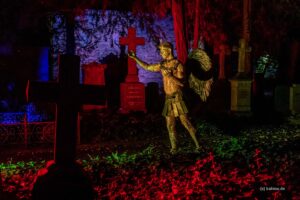
Das Bundesamt für magische Wesen kommt mit dem Hinweis auf „Encyclopedia of the Bible and Its Reception (EBR) / Jesus-Kairos“ seinem Bildungsauftrag nach, die Eltern junger Vampire, Dämonen, Elfen sowie weiterer Pubertiere auf die Gefahren hinzuweisen, die von Religion, religiösen Institutionen und dem organisierten religiösen Verbrechen ausgeht.
Religion und Drogen gefährden gleichermaßen die geistige, seelische und körperliche Unversehrtheit von Kindern und Jugendlichen. Das Amt weist bei dieser Gelegenheit betroffene Familienangehörige auch auf Therapie- und Aussteigerprogramme für sog. „Religiöse“ hin, die dafür bekannt sind, das Leben harmloser schwuler Vampire und gut integrierter Werwölfe zur Hölle zu machen.
Lesen Sie Bücher von Constance M. Furey, Peter Gemeinhardt, Thomas Römer, Jens Schröter, Barry Dov Walfish, Eric Ziolkowski nur zusammen mit Ihren Kindern!

Brutale religiöse Geschichten über Hexenverbrennung, Jünglinge in Feueröfen, Kreuzigungen im Namen von Vätern, die sich nicht um ihre Söhne kümmern, Kreuzzüge sowie andere kirchliche Horrorgeschichten können bei Kindern und Jugendlichen schwere Alpträume, Ängste und Depressionen verursachen. Lassen Sie Ihren Nachwuchs lieber sein Modelpotential bei einem Fantasyshooting als Werwolf, Vampir oder Dämon testen.
Ebenso traumatisierende Begegnungen mit religiösen Gefährdern wie Joachim Kardinal Meisner und den geweihten Röckchenträgern des organisierten religiösen Verbrechens aus dem Katholischen Staat und dem Evangelikalen Emirat.

Sie sind stets willkommen im Bundesamt für magische Wesen in Bonn, der Stauhauptstadt von Nordrhein-Westfalen. Dort gibt es viele gute Fantasyromane und andere spannende Romane zum Träumen. Außerdem bekommen Sie dort erste Hilfe bei einer Infektion mit den Legionellen Christi und Beratung! Religion ist heutzutage wirklich heilbar! Niemand muss heutzutage mehr an Religion erkranken.
| Gewicht | 1269 g |
|---|---|
| Größe | 24 × 17 cm |
Marke
De Gruyter
Das könnte dir auch gefallen …
-
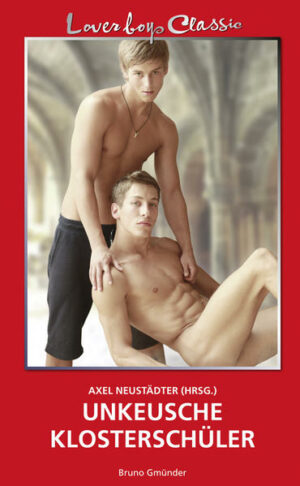
Loverboys Classic 17: Unkeusche Klosterschüler
7,99 €inkl. 7 % MwSt.
zzgl. Versandkosten
In den Warenkorb -
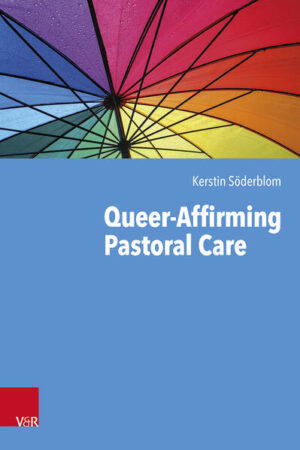
Queer-Affirming Pastoral Care
28,00 €inkl. 7 % MwSt.
zzgl. Versandkosten
In den Warenkorb -

Loverboys Classic 14: Der Neue im Kloster
12,95 €inkl. 7 % MwSt.
zzgl. Versandkosten
In den Warenkorb -
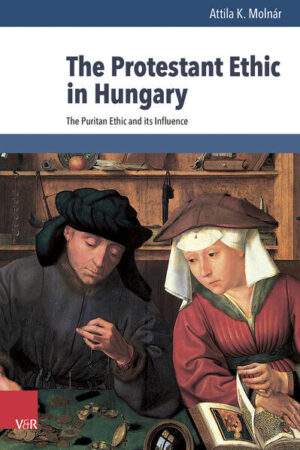
The Protestant Ethic in Hungary: The Puritan Ethic and its Influence
130,00 €inkl. 7 % MwSt.
zzgl. Versandkosten
In den Warenkorb -

Loverboys 146: Doktorspiele in Sankt Blasius
12,99 €inkl. 7 % MwSt.
zzgl. Versandkosten
In den Warenkorb -
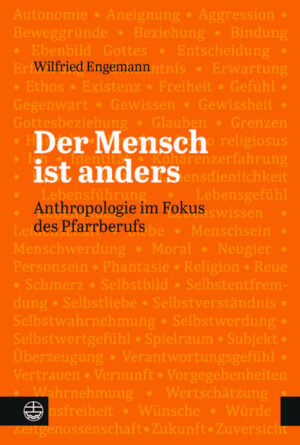
Der Mensch ist anders: Anthropologie im Fokus des Pfarrberufs
45,00 €inkl. 7 % MwSt.
zzgl. Versandkosten
In den Warenkorb
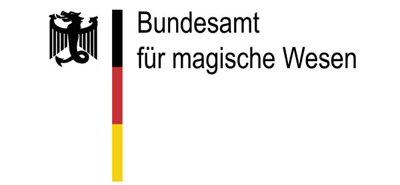

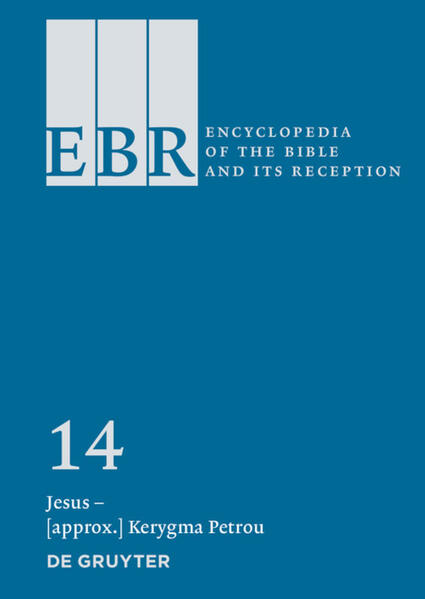
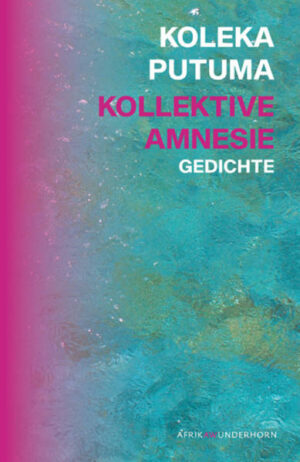
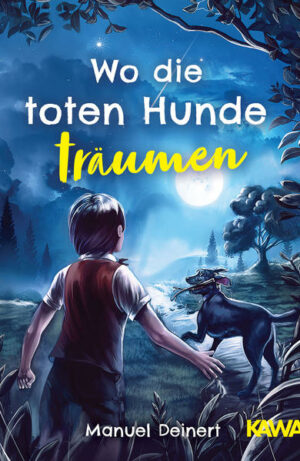

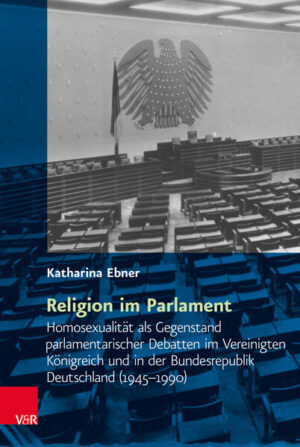


Bewertungen
There are no reviews yet